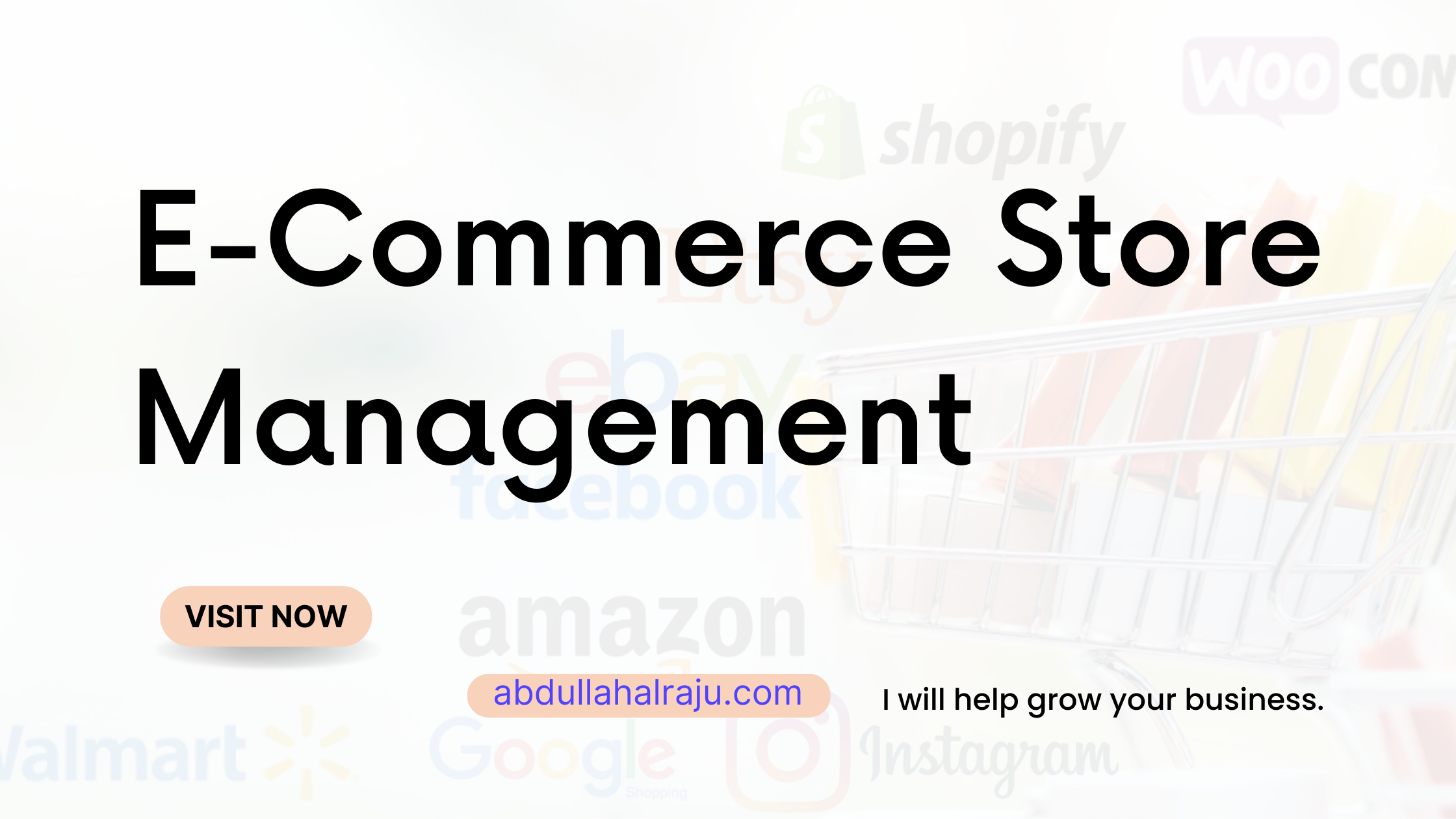The world of e-commerce has witnessed tremendous growth in recent years, driven by the convenience it offers to both consumers and businesses. As more entrepreneurs and companies venture into the realm of online retail, effective e-commerce store management becomes crucial for success. In this article, we will explore the key strategies and best practices for managing an e-commerce store to maximize profitability and customer satisfaction.
Selecting the Right E-Commerce Platform
The foundation of a successful e-commerce store is choosing the right platform. There are several e-commerce platforms available, each with its own set of features and capabilities. Popular options include Shopify, WooCommerce, Magento, and BigCommerce. Selecting the platform that aligns with your business needs, scalability requirements, and budget is essential. Ensure that the platform you choose provides a user-friendly interface, customizable design, and robust security features.
Creating a User-Friendly Website
Your e-commerce website is your digital storefront, and it should be designed to provide an exceptional user experience. A user-friendly website is easy to navigate, loads quickly, and is mobile-responsive. Invest in professional web design to create an appealing layout, clear product categorization, and an intuitive checkout process. Ensure that the search functionality is efficient and that product pages contain high-quality images and detailed descriptions.
Building a Strong Product Catalog
The heart of any e-commerce store is its product catalog. To effectively manage your product offerings, consider the following strategies:
a. Consistent Product Data: Maintain consistent product titles, descriptions, and pricing.
b. High-Quality Images: Use professional images that showcase your products from various angles.
c. Product Reviews: Encourage customer reviews to build trust and provide social proof.
d. Inventory Management: Implement inventory tracking to prevent overselling and stockouts.
e. SEO Optimization: Optimize product listings for search engines to improve visibility.
Implementing Secure Payment Options
Security is paramount in e-commerce. To gain the trust of your customers, ensure that your website employs secure payment gateways. SSL certificates, encryption, and compliance with the Payment Card Industry Data Security Standard (PCI DSS) are crucial. Offering various payment options, such as credit cards, digital wallets, and alternative payment methods, can also improve the shopping experience.
Crafting an Effective Marketing Strategy
A well-rounded marketing strategy is essential to attract, engage, and retain customers. Consider these marketing channels and tactics:
a. Search Engine Optimization (SEO): Optimize your website for search engines to improve organic traffic.
b. Social Media Marketing: Create and maintain active profiles on relevant social platforms.
c. Email Marketing: Build a subscriber list and send personalized, engaging emails.
d. Pay-Per-Click (PPC) Advertising: Use paid ads on platforms like Google Ads and Facebook Ads.
e. Content Marketing: Publish informative and engaging content, such as blog posts and videos.
f. Influencer Marketing: Partner with influencers to promote your products to their audiences.
Customer Service and Support
Excellent customer service is a key differentiator in e-commerce. Provide multiple communication channels, such as live chat, email, and phone support, and ensure timely responses to customer inquiries. Address issues and complaints promptly, and consider offering a hassle-free return and refund policy to build trust.
Data Analytics and Optimization
Utilize data analytics tools to gain insights into customer behavior, sales trends, and website performance. Regularly analyze this data to identify areas for improvement. A/B testing can help optimize website elements, product listings, and marketing campaigns. Continuous improvement is essential for staying competitive in the e-commerce landscape. E-commerce store management requires careful planning, strategic thinking, and ongoing efforts to adapt to changing market dynamics. By selecting the right platform, creating a user-friendly website, managing a strong product catalog, ensuring secure payment options, crafting an effective marketing strategy, providing excellent customer service, and utilizing data analytics, you can build and sustain a successful e-commerce business. Stay agile, keep learning, and prioritize customer satisfaction to thrive in the ever-evolving world of online retail.




